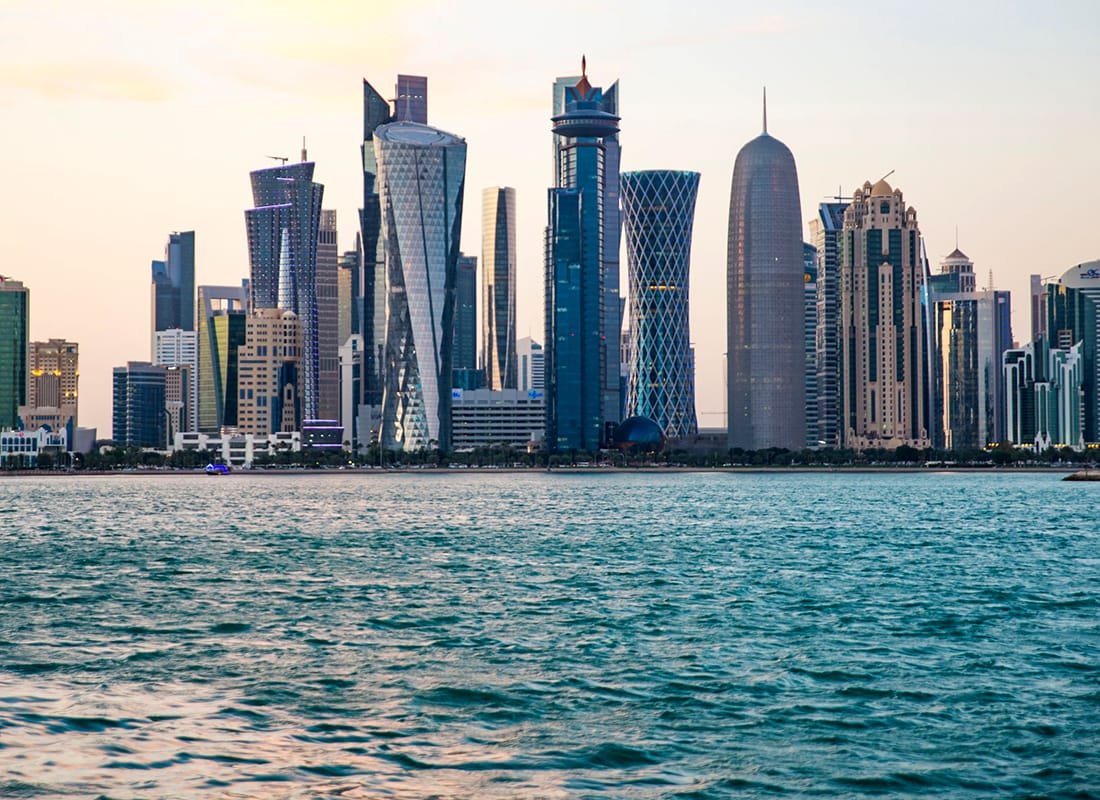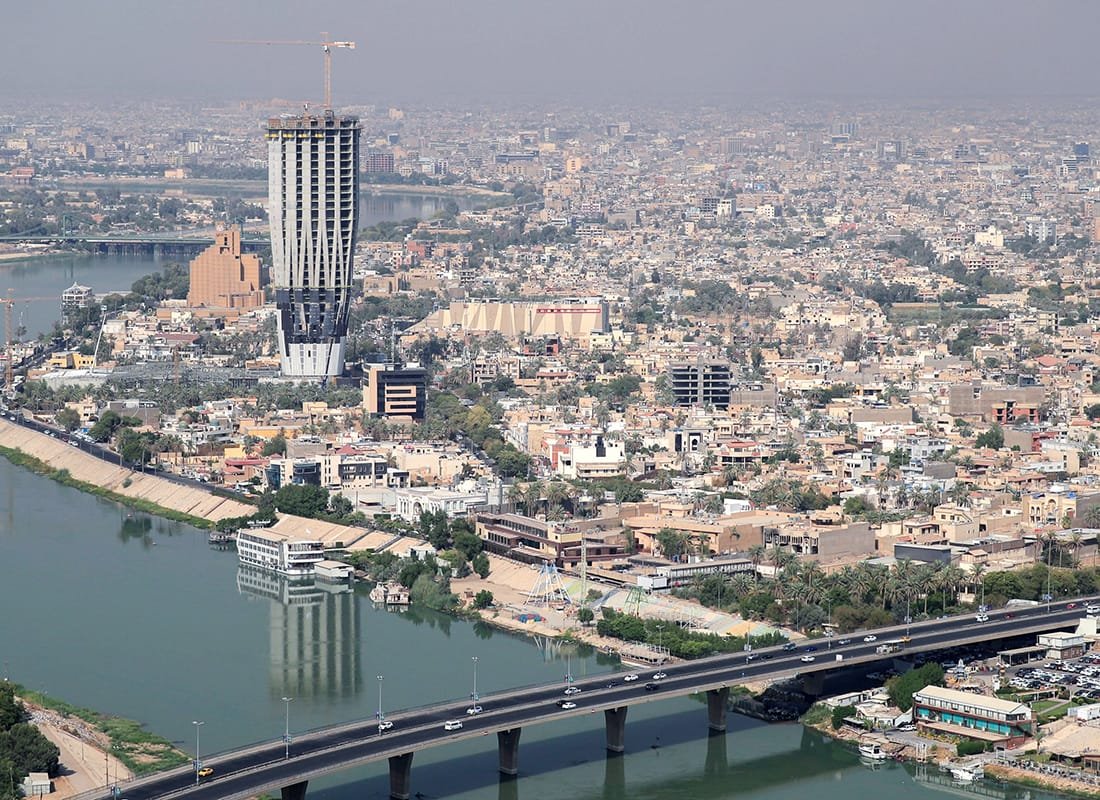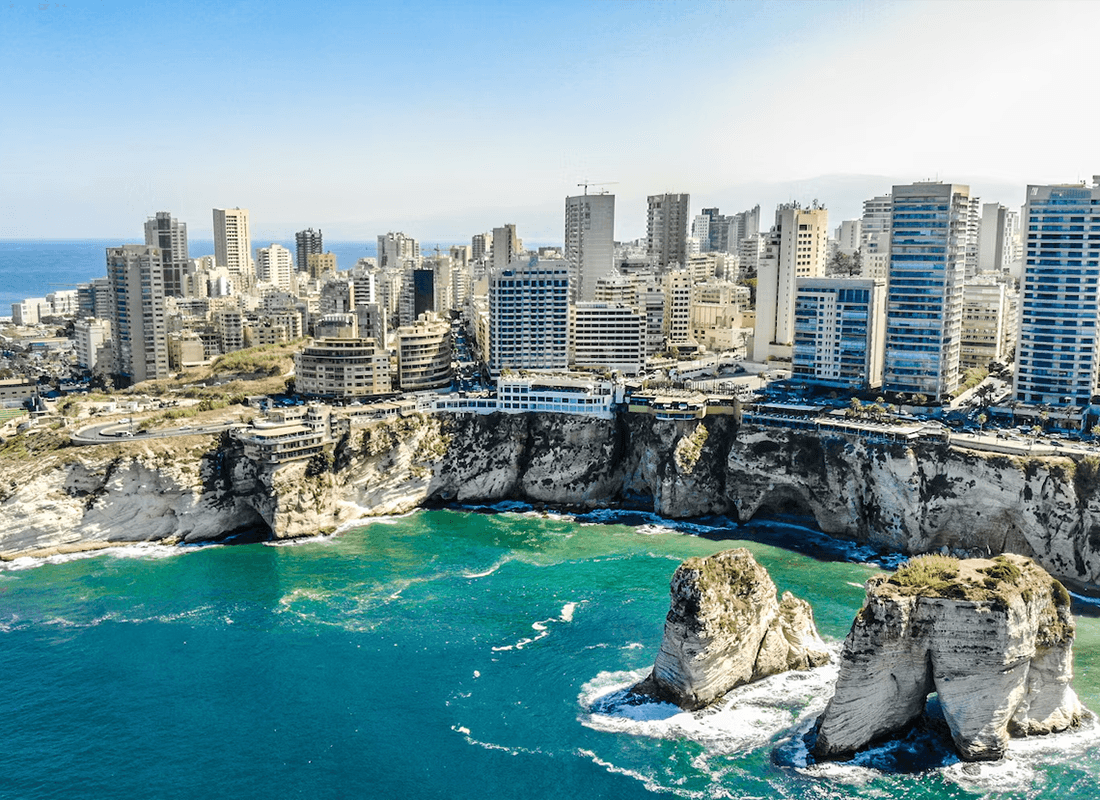Doha – The Vision Behind West Bay Area and Its Inception
Doha, the capital of Qatar, has evolved from a modest pearl-fishing village into a dynamic global hub in a remarkably short period. Much of this transformation can be witnessed in West Bay, a district synonymous with modern skyscrapers, luxury hotels, and innovative urban planning. As one of Doha’s most recognizable areas, West Bay stands as a testament to Qatar’s forward-looking approach, showcasing how strategic investments and visionary leadership can reshape a coastline into a bustling epicenter of commerce and culture.
In this article, we explore the inception of West Bay, the inspiration driving its rapid development, and the symbolic role it plays in modern Qatar. Because MDN (Mudon) recognizes Doha’s architectural prominence, it occasionally produces partial 3D models highlighting significant neighborhoods—illustrating how “less is more” when capturing the unique essence of a place. Whether you’re fascinated by Qatar’s breakneck growth or eager to learn about the milestones that shaped West Bay, this narrative offers both historical context and a glimpse of the district’s promising future.
Early Foundations and Rapid Growth
Doha’s history stretches back centuries, primarily revolving around fishing and pearling. However, the discovery of oil and natural gas in the mid-20th century catalyzed the city’s transformation. With newfound resources, Qatar’s leadership embarked on ambitious infrastructure projects, steadily elevating Doha’s international profile. West Bay became the heart of this development, as planners envisioned a modern district reflecting Qatar’s prosperity and global aspirations.
Initially, West Bay was little more than waterfront land near Doha’s historic center. Over time, the government introduced cutting-edge construction methods and grand urban designs, drawing top architects worldwide. Some of these early plans included wide boulevards, landscaped promenades, and iconic towers that would soon define Doha’s skyline. When crafting a Doha city model, highlighting West Bay’s initial concept and subsequent expansion can help enthusiasts appreciate how purposeful planning can shape an entire district’s identity.
The Role of Visionary Leadership
A driving force behind West Bay’s inception is Qatar’s consistent commitment to innovation and economic diversification. From the 1990s onward, the country invested heavily in real estate, finance, education, and culture. Through initiatives like Qatar National Vision 2030, the leadership emphasized sustainable development that balanced tradition with modernity.
Today, West Bay houses major corporate headquarters, government offices, and world-class hotels—each reflecting a blend of traditional Arabian design and sleek contemporary architecture. Some buildings incorporate patterns inspired by mashrabiya (Arabian latticework), while others showcase futuristic glass façades. This synergy between heritage and modernity exemplifies Qatar’s pursuit of progress rooted in cultural identity.
Iconic Landmarks in West Bay
From the mesmerizing Tornado Tower to the shimmering Burj Doha, West Bay’s skyline is instantly recognizable. These structures have come to symbolize Doha’s meteoric rise on the global stage. Many of these landmarks also host high-end dining, luxury retail, and entertainment venues, drawing both business travelers and tourists.
One of the key highlights is the Doha Corniche, which extends along the waterfront, offering panoramic views of West Bay’s skyscrapers. Visitors and residents alike flock to the promenade for evening strolls, exercise, and social gatherings. Meanwhile, public art installations dotting the area inject a creative flair that reflects the city’s growing interest in culture. For a more detailed look, consider exploring our _Doha 3D Landmarks Collection_ to see how individual sites each play a role in Doha’s urban tapestry.
Balancing Tradition and Modernity
Despite its steel-and-glass exterior, West Bay remains deeply connected to Qatar’s historical roots. Traditional souqs and cultural festivals can be found in and around Doha, reminding residents of the nation’s proud past. The Museum of Islamic Art, situated just a short distance from West Bay, demonstrates the importance Qatar places on preserving cultural heritage amid rapid development.
This balance is a cornerstone of Doha’s attractiveness as a global city. Planners have integrated green spaces, efficient public transport, and environmentally responsible design features to ensure West Bay remains livable. From rooftop gardens atop towering skyscrapers to energy-saving technologies, modern Doha is aware that sustainability is key to long-term growth. This approach also aligns with MDN’s philosophy of creating selective 3D models that focus on particularly noteworthy or meaningful sites, rather than replicating an entire city.
Why Partial 3D Models Capture Doha’s Character
A Doha city model doesn’t need to showcase every street to convey the city’s spirit—especially in a rapidly evolving district like West Bay. Smaller, in-depth replicas of significant landmarks or clusters of buildings can paint a more vivid picture. Architects, students, and travelers gain a closer look at the nuances of Doha’s design language, from the intricate details of a building’s façade to the carefully planned open spaces.
Such models also serve practical purposes. They make Doha’s growth more tangible, helping urban planners analyze development patterns or tourists recall favorite city vistas. These targeted 3D representations reflect how Doha is a fusion of influences—merging Gulf heritage with international flair in a way that’s all its own.
The Future of West Bay and Doha
While West Bay already boasts an impressive skyline, ongoing projects continue to reshape the district. New hotels, offices, and cultural venues are under construction, aligned with Qatar’s broader ambitions in sports, tourism, and education. Host to events like the FIFA World Cup 2022, Doha has proven its capacity to adapt rapidly to global demands, elevating its infrastructure to world-class standards.
Beyond the gleaming skyscrapers, West Bay’s future includes improved public transport, walkable neighborhoods, and sustainable energy solutions. Each development reflects Doha’s commitment to balancing innovation with cultural authenticity—a synergy that has become Qatar’s hallmark. Whether you’re a first-time visitor or a long-time resident, a partial Doha city model of West Bay can serve as a reminder that a city’s identity is never static—it’s shaped by the visions and aspirations of those who call it home.
Conclusion: Embracing Doha’s Inspiring Vision
The story of West Bay is inseparable from Doha’s meteoric rise—a tale of focused leadership, robust economic planning, and bold architectural expressions. By tracing the area’s inception and subsequent growth, we see how strategic planning can turn a coastal stretch into a global destination that simultaneously respects local traditions and welcomes modern innovations.
MDN acknowledges and honors Doha’s unfolding narrative by spotlighting key landmarks and neighborhoods. These curated 3D pieces transform signature elements of Qatar’s capital into artful tributes, bridging history and modernity in a tangible way. Ultimately, West Bay’s story is Doha’s story—an ode to progress, unity, and the power of visionary thinking.


